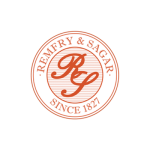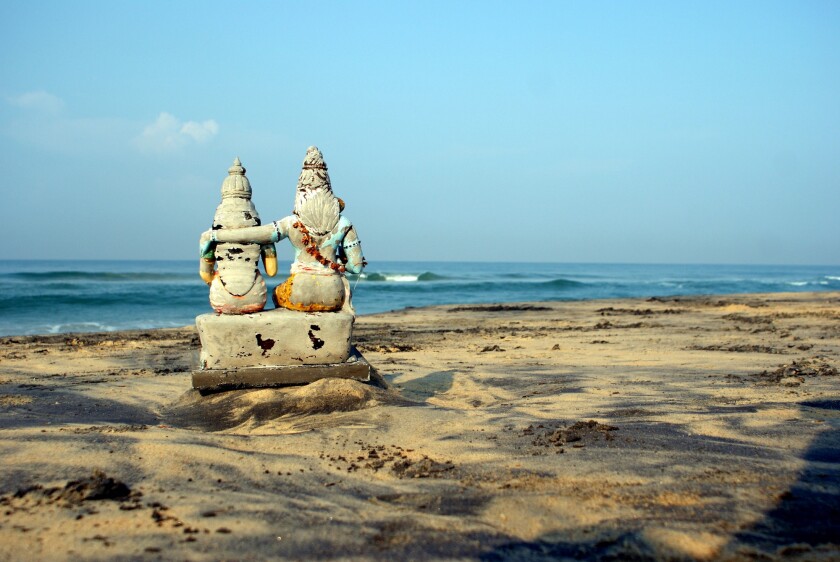Rising trend of damages
Once few and far between, in the past few years Indian courts have developed a regular practice of granting damages and monetary awards in intellectual property suits.
The Delhi High Court Intellectual Property Rights Division Rules, 2022 list various factors for determining the quantum of damages. These include:
Lost profits suffered by the injured party;
Profits earned by the infringing party;
The quantum of income that the injured party may have earned through royalties and/or licence fees, had the use of the subject IP rights been duly authorised;
The duration of the infringement;
The degree of intention or neglect underlying the infringement; and
The conduct of the infringing party to mitigate the damages incurred by the injured party.
In granting damages, the courts analyse not just the rights of the parties but also assess broader surrounding factors such as the impact of infringing products on public health and safety, and the need for higher costs to deter a habitual offender or curb a mala fide attempt to ride on another’s goodwill and reputation.
In cases of concealment and contempt as well, the courts are coming down heavily on parties and imposing high costs. They are also proactively safeguarding the rights of plaintiffs who are sometimes unable to adduce sufficient evidence to establish a claim of damages, especially in ex parte proceedings.
This recent trend on damages developed by the Indian courts is well illustrated by the cases discussed below.
Public safety
In Nippon Steel & Sumitomo Metal Corporation v Kishor D Jain & Anr. (COMIP (L) No. 383 of 2019), concerning a situation in which public health and safety was at risk, the High Court of Bombay granted the highest damages to date, INR 50 million ($600,000). In this case, the defendants were selling spurious pipes for use in oil plants by affixing the plaintiff’s registered trademarks on the pipes. These pipes were being installed in extremely sensitive areas and malfunctioning of the pipes could lead to disastrous consequences.
In another suit, relating to counterfeit cosmetic products (M/S Blue Heaven Cosmetics v Shivani Cosmetics (CS(COMM) 702/2021 & I.A. 17434/2021)), the court remarked that eyeliners are used on eyes and the standard of quality that is expected in such products is quite high. The court accordingly awarded damages of INR 1 million to the plaintiff.
National and international security
In Tata Sia Airlines v Shenzhen Coloursplendour Gift Co & Anr. (CS(COMM) 352/2020 & I.A. 9553/2021), the High Court of Delhi imposed costs of INR 2 million on AliExpress, a Chinese e-commerce platform, for selling keychains and baggage tags identical to those of Vistara Airlines, an Indian full-service airline operated by Tata SIA.
While granting relief to Vistara Airlines, the court remarked that “airports are an incredibly critical junction of not only travel but also of trade and commerce; any lapse in security, especially by permitting the sale of vagrantly-infringing goods, would be turning a blind eye to obvious wrongdoings of the defendant”.
Habitual offenders
In Whatman International v P Mehta & Ors CS ((COMM) 351/2016), Whatman received compensation of INR 38.5 million because the defendants impinged on Whatman’s rights habitually and deliberately for over 25 years.
Whatman manufactured various products, including filter papers. The defendants were selling lookalike filter papers under various brand names with identical packaging and colour combinations. Given the defendants’ repeated violations and disobedience of court orders and undertakings, the court granted exemplary damages to the plaintiff.
Notional wins
In cases where it is established that the plaintiff’s right has been infringed but there is no evidence put on record to prove the loss incurred, courts have begun granting nominal damages with a view to vindicating the plaintiff. In Starbucks Corporation v Teaquila A Fashion Café & Anr. (CS(COMM) 479/2019), the High Court of Delhi awarded Starbucks a decree of notional damages of INR 200,000 and costs of INR 960,000 (including lawyers’ fees) incurred by Starbucks.
Though Starbucks had adduced only one invoice to show sale of the infringing product, and no stock was recovered from the defendants’ premises, the court did not lose sight of the fact that the defendants were guilty of infringement.
Similarly, in Meta Platforms v Noufel Malol & Anr (Cs(Comm) 499/2020), the High Court of Delhi restrained the defendant from using the marks ‘Facebake’ and ‘Facecake’, which were deceptively similar to the well-known ‘Facebook’ trademark. However, the plaintiff did not submit any ‘substantial evidence’ for the granting of damages. Despite this, nominal damages of INR 50,000 were granted to the plaintiff.
Formula for calculating damages
In Koninlijke Philips and Ors. v Amazestore and Ors. (CS(COMM) 737/2016 & I.A. 7469/2016), the High Court of Delhi laid down a formula to calculate aggravated damages focusing on mala fide conduct of a third party:
Degree of mala fide conduct | Proportionate award |
First-time innocent infringer | Injunction |
First-time knowing infringer | Injunction + partial costs |
Repeated knowing infringer that causes minor impact to the plaintiff | Injunction + costs + partial damages |
Repeated knowing infringer that causes major impact to the plaintiff | Injunction + costs + compensatory damages |
Infringement that was deliberate and calculated (gangster/mafia/scam) plus wilful contempt | Injunction + costs + aggravated damages (compensatory + additional damages) |
In this case, the court granted damages of INR 31.5 million to Philips and restrained the defendants from engaging in piracy of Philips’ registered design of beard trimmers and from infringing the copyright and trade dress of the packaging of the trimmers.
A clear message
The practice of granting damages in IP suits pre-dated the setting up of the Intellectual Property Division at the High Court of Delhi; however, such orders were few and far between. Today, the practice is becoming much more common. Even if damages were granted in the past, they were mostly punitive. And whether a plaintiff was able to obtain damages in cases where damages were granted ex parte could be the topic of a separate discussion.
Recent trends show that Indian courts are not taking infringement lightly. Moreover, reliefs are not limited to the granting of injunctions or restraining orders. Instead, the courts are granting damages frequently and in serious measure.
With the uncertainty of damages being awarded in IP suits in India now a thing of the past, there is a clear message from the courts: a victim of an IP crime will not go empty-handed if the wrongdoer is found guilty.













